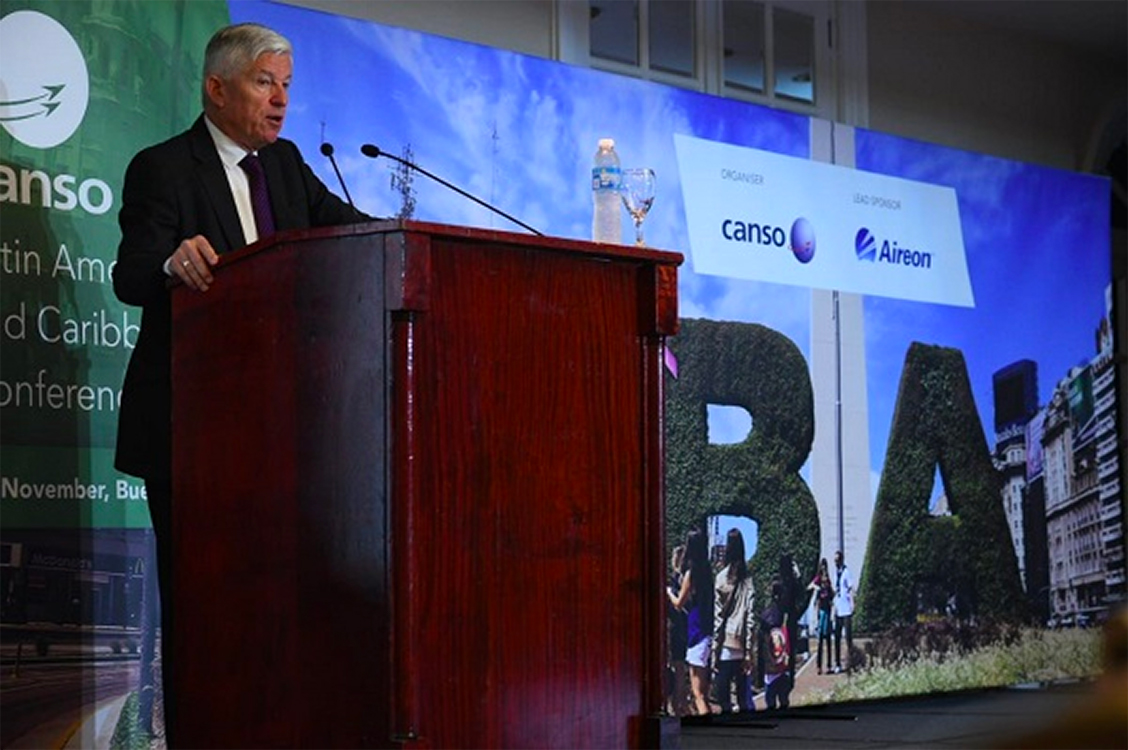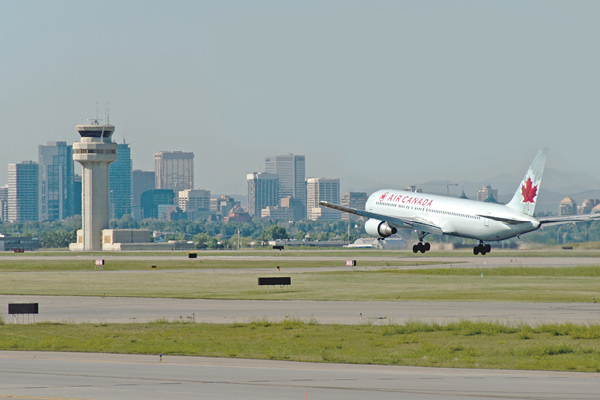Space regulations must be harmonised
A flexible approach to airspace management is needed to accommodate increasing commercial space operations.
Not so long ago, rocket launches were an exception and were treated as such by air navigation service providers (ANSPs).
But commercial space launches – whether it is space tourism, satellite deployment or other space cargo – are increasing in number, all but qualifying them as a routine operation.
That makes it imperative that they are incorporated into airspace through safety management systems and not treated as operational “shocks”.
Controlled airspace
On an individual level, progress has been made. Airways New Zealand has worked with Rocket Lab since 2017 and recently signed a new five-year contract. Rocket Lab has flown 21 times above the Mahia Peninsula in New Zealand. Airways provides management of a special use airspace around each Electron rocket launch.
“Allowing safe and flexible access to the airspace is critical to supporting this growing industry in New Zealand, and we have a team of experienced air traffic controllers, flight service officers and air traffic services experts working behind the scenes to enable this,” says Airways New Zealand, Executive Leader of General Manager Air Traffic Services, Katie Wilkinson.
New Zealand is fortunate to have relatively uncongested airspace compared with other countries. The Federal Aviation Administration (FAA) in the United States, for example, must close large volumes of airspace for extended periods of time, causing delays and inefficiencies.
The FAA is working with the Commercial Space Transportation (CST) industry to minimise disruption as much as possible. In the future, says the FAA, “airspace will be managed dynamically, safely minimising inefficiencies and paving the way for routine access to low Earth orbit and beyond through the national airspace”. Advanced automation including the Space Data Integrator (SDI) will be critical.
The FAA has first-hand knowledge of the problems commercial space travel can bring. A SpaceX launch was scrubbed in the final seconds of its countdown in June 2021 when an aircraft violated restricted airspace.
Elon Musk, Founder and Chief Executive of SpaceX, tweeted: “Unfortunately, launch is called off for today, as an aircraft entered the ‘keep out zone’, which is unreasonably gigantic. There is simply no way that humanity can become a spacefaring civilisation without major regulatory reform. The current regulatory system is broken.”
Global response
At the moment, there is no overarching global organisation for space flight. It’s not even certain what constitutes “space” – anything from 50 miles to 100 miles can be quoted – and so it’s unclear where a country’s sovereign airspace ends.
Added to this is the diversity of launch parameters. There are vertical and horizontal launches, balloon launches, orbital and sub-orbital human spaceflight and much more. The factors affecting each type are varied and numerous. A horizontal launch invariably cuts across several different jurisdictions, for example. Each country may have different airspace processes, space law and safety standards.
The UK provides a good snapshot. Through the LaunchUK initiative, it has a healthy space launch industry with several spaceports. Licensing and activity are governed by the Space Industry Act 2018 and Space Industry Regulations 2021.
Basically, for a launch, airspace usage must be booked in advance so the needs of various users can be properly balanced. The airspace is activated on the day through the UK’s Airspace Management Cell in cooperation with the European Network Manager.
“The complexity of achieving a safe, efficient and compliant launch range in European airspace is not to be underestimated,” noted Luke Winfield, Operations Manager at Spaceport Cornwall, in a blog. “However, it can be achieved with solid international cooperation.” The UK Space Agency has recently announced Memoranda of Understanding (MoU) with Iceland and the Faroe Islands and has several other agreements in place.
UK ANSP, NATS, is also actively engaged with its partners in the North Atlantic region. “As spaceflight in the long-term future transitions from requiring segregated airspace to operating in an integrated airspace with other airspace users, then there may need to be updates to Standards and Recommended Practices (SARPs) to accommodate the new vehicle types and operation, as happened with the first supersonic airliners,” says John Holmes, NATS Principal Specialist, Safety (SMS Development & Commercial Space).
In addition to the collaborative approach to understand the airspace requirements to enable launch to happen, NATS is also a consultee on the Airspace Change Requests submitted to the CAA to support launches.
“The airspace to enable spaceflight launches is managed utilising existing airspace management processes,” explains Holmes. “A fixed vertical launch site limits the number of potential variations in airspace requirements as all launches have a common start point. Mobile launch platforms such as aircraft, ships and balloons can potentially operate from a wider number of initial launch points providing access to a wider range of orbital inclinations than a single fixed launch point.
“This greater flexibility in launch location drives a more dynamic set of requirements for the airspace, which could mean that launches occur from a range of locations, potentially requiring a more flexible approach to airspace management.”
Working papers
Clearly, the increasing frequency of commercial space travel requires more than individual responses. Leading aviation organisations have long asked ICAO to lead the way. In a working paper, the International Air Transport Association requested “ICAO formalise the development of provisions for the integration of commercial space operations into controlled airspace”.
CANSO also submitted a working paper at the 13th ICAO Air Navigation Conference in 2018. It noted that the “introduction, and expected increase, of commercial space operations creates the need to address such requirements for new operators to be included as a part of each state’s Safety Management System or State Safety Program (SSP), based on the local risk assessment. Operators unfamiliar with ICAO safety management-related SARPS may introduce additional safety risk into the aviation system.”
It continued: “Being required to adhere to safety standards and provide assurance of continuing to meet those standards will further reduce the risk to other airspace users and the public. Commercial space operators must be required to adopt robust Safety Management Systems to mitigate risk to the public by operating within a defined level of risk and assure requirements are achieved.”
CANSO suggests that ICAO creates SARPS and Guidelines in Annex 19 and Doc 9859. And in a note to its ANSP Member organisations, CANSO’s Operations Programmes Manager, Scott Leis, said: “Successful commercial space launches need extensive international coordination, particularly to identify aircraft hazard areas (AHAs) from launch and re-entry and to put in place the necessary measures to avoid aircraft operations in the affected areas.”



